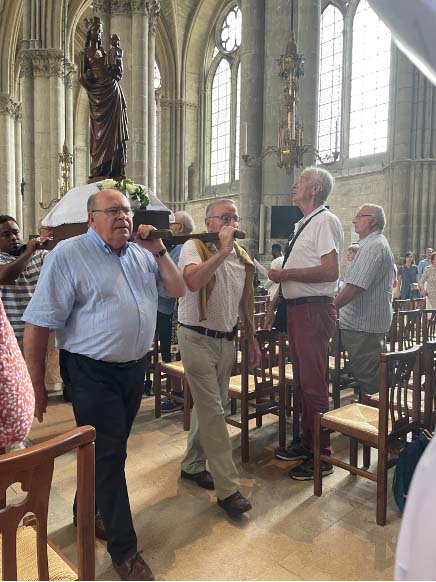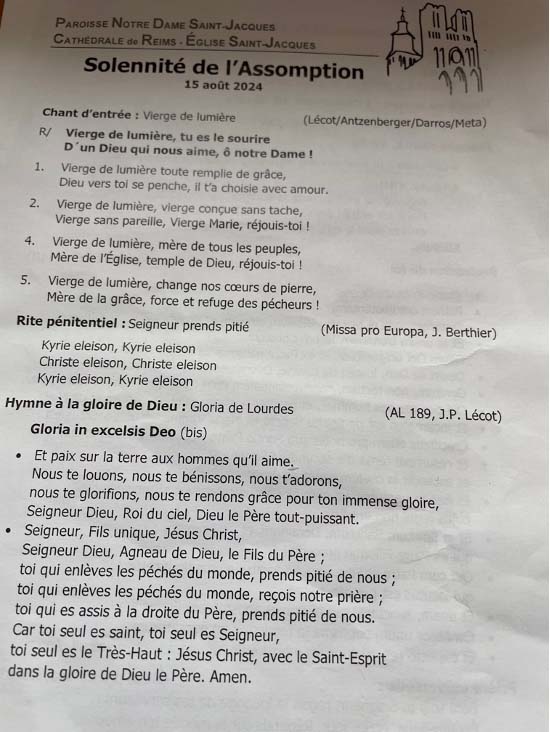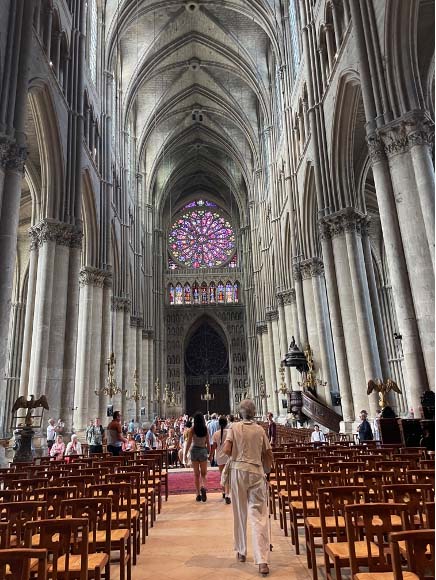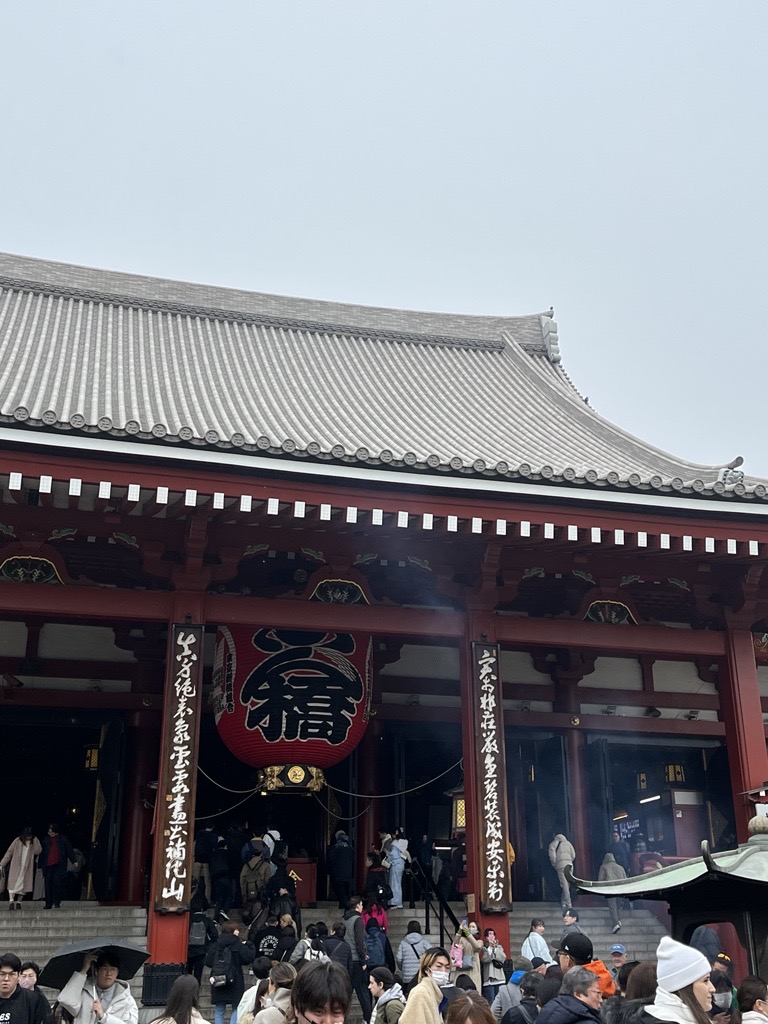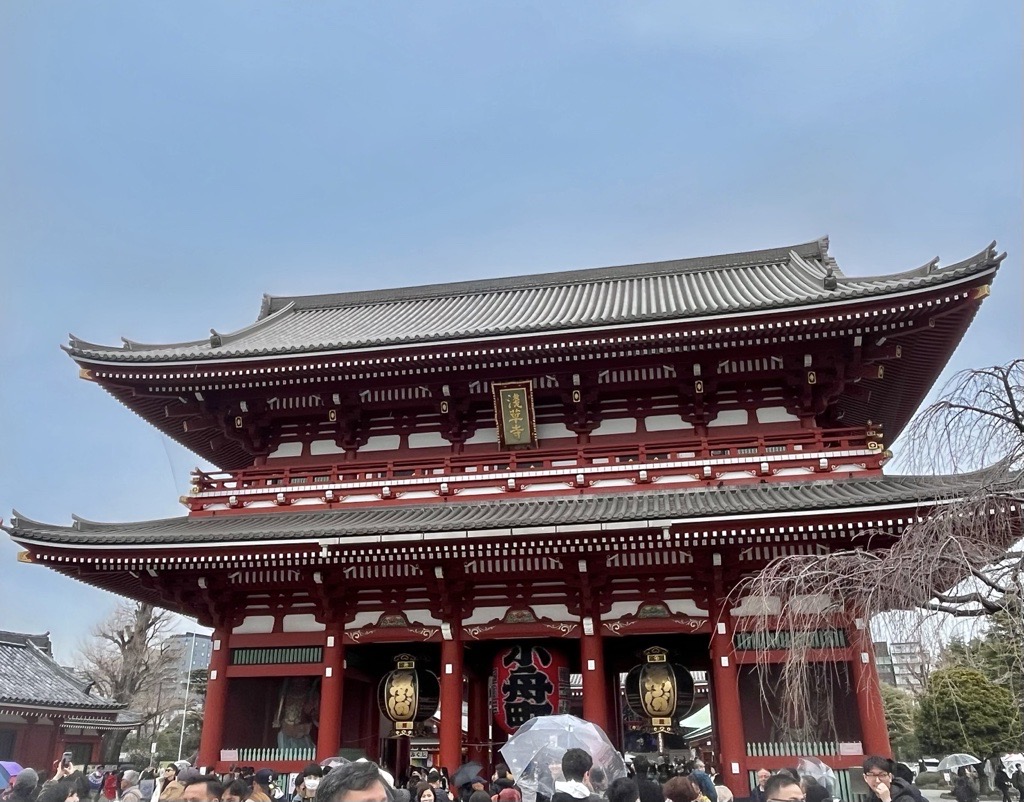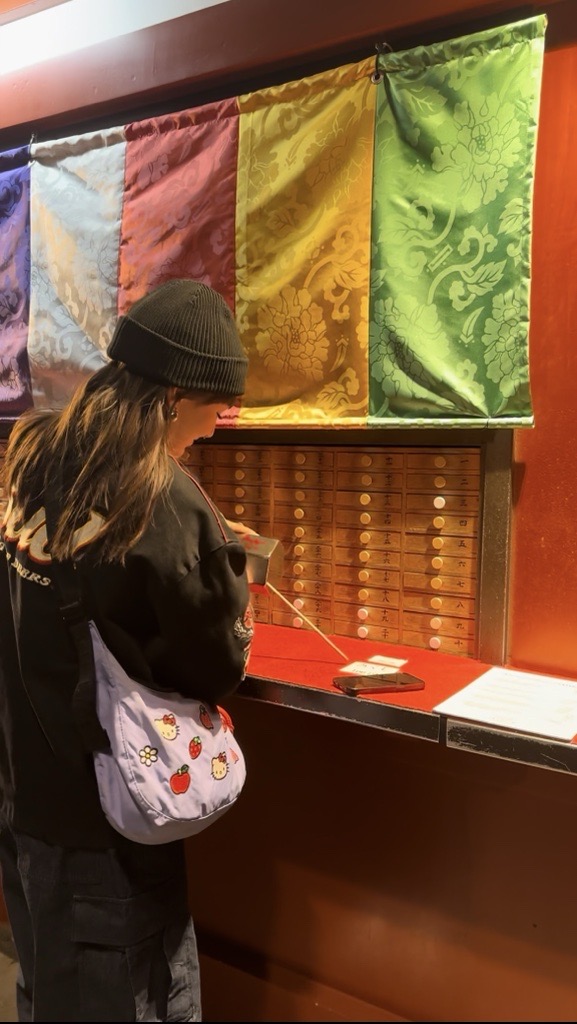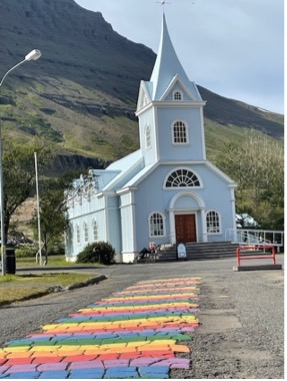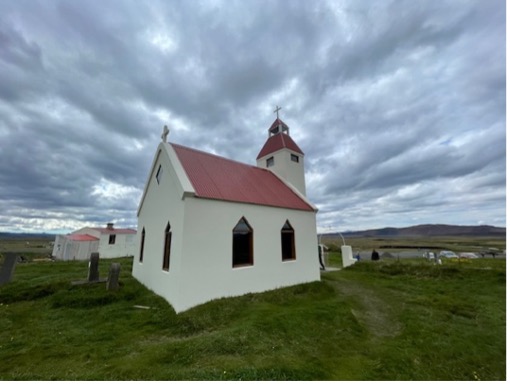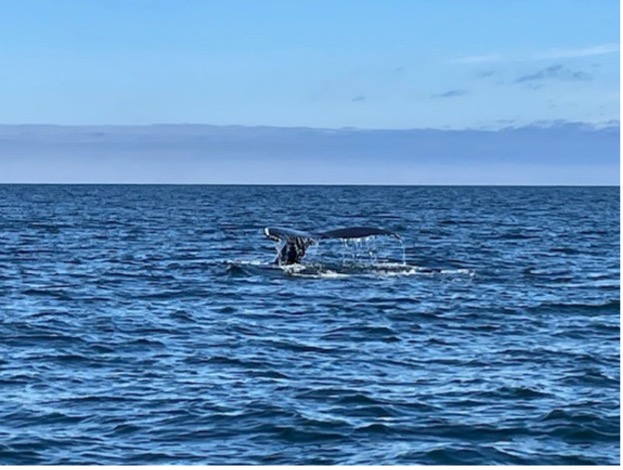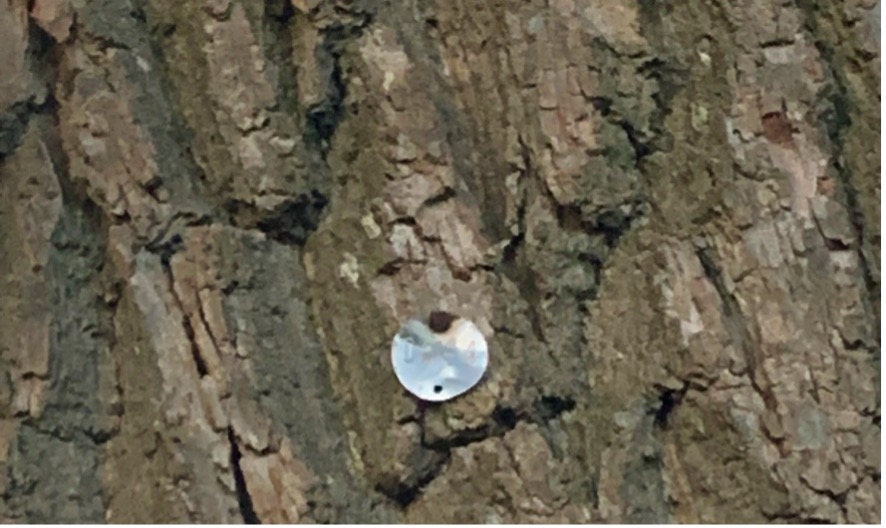Booklets are like marmite; you love them or hate them.
My own view on booklets had been a high- minded scepticism. I knew of teachers, entire schools and even academy trusts that implemented a ‘booklet-based curriculum’. My view was ‘you do you’, but not for me. I viewed booklets as all the things I did not want teaching to be; reductive, inflexible and uninspiring.
However as Subject Lead I agreed to give them a try, persuaded by others in my team who have had a positive experience. And so, inevitably, came my Damascene conversion.
This was both pragmatic as well as pedagogical. Practically, no precious RS time was taken up with ‘Sir, I don’t have a glue stick!’. Moreover, I spent no more time fixing a jammed photocopier, something we have become so adept at, it should be on Teacher’s Standards.
Pedagogically, I found booklets were not a barrier to the sort of curriculum we are working towards, that is, ambitious and academic. Such a curriculum needs to be coherent and well-sequenced, which booklets allow. I realised booklets at the appropriate level of challenge provided clarity and consistency for the team as well as students. Expectations are clear, and high.
My first booklet was for Year 9 about the existence of God. As a booklet novice I provided every explanation, every keyword, every activity. For some students, this was helpful, for others it was stultifying. For teachers, it was a straitjacket. I had created exactly the type of booklet I did not want.
I completely changed my approach. Out went activities and in came the ‘non-negotiables’ such as reading a high-quality text, well thought-out explanations and questions which teachers could choose how they deliver. For instance, a lesson may feature reading a text and completing a table. This new approach shows what the main focus of the lesson should be, the non-negotiable, but gives plenty of time and space for exploration and discussion.
Students certainly needed time to learn how to use the booklets so they were a springboard and source of support, but not a prison. Teachers are free to go beyond the booklets in conversation, and we tried to avoid the sense that the booklet just needs to be finished as fast as possible.
We as a teaching team have had to adapt. Some booklet- based lessons have been great and others have bombed; whether too long or too short, or suitable for one class and not at all for another. I now bring a spare booklet to each class and scrawl notes at the end of a lesson. The adaptation process has provided some extremely helpful professional conversations. The booklets have been helpful for our non-specialists in supporting them to grasp the trajectory of a scheme of work and give high quality explanations, but they do not replace the conversations we have had as a team, addressing misconceptions and identifying improvements.
When it comes to graphic design, I am about as talented as someone on the Apprentice. However, a clear and attractive design is important. We include lines and extra lines for writing, in response to student feedback.
Despite my reluctance, booklets have transformed my practice. In the next blog, I explain exactly how we structure our booklets to help students prepare for GCSE study.
My top tips:
- Non-negotiables, not activities
- Teach students to use the booklets
- Be prepared to adapt
- Present clearly and attractively
Want to know more? Read my next blog Booklets, not book less: Implementing booklets in GCSE Religious Studies.
